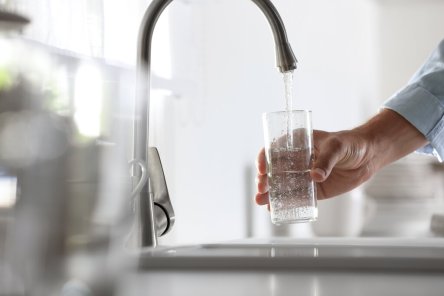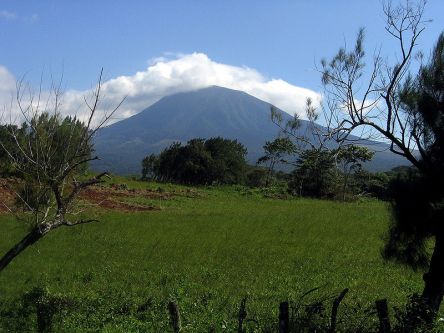World Water Day has continued to draw attention to the importance of conserving fresh water since our report on the annual observance four years ago. With the United Nations reporting that 2.2 billion people lack access to safe water, preserving the 0.5% of the world’s water that’s available fresh is a more urgent priority than ever. Created by the UN and observed on March 22 every year since 1993, World Water Day focuses on sustainable management of freshwater resources, with a different theme every year: groundwater this year, valuing water last year, water and climate change in 2020, leaving no one behind in 2019. “These observances aim to highlight that water and sanitation measures are key to poverty reduction, economic growth, and environmental sustainability,” notes the Indian Express news service. Like many conversation efforts, small efforts close to home can yield big results. Consider these tips from the U.S. Environmental Protection Agency and other experts: Repair leaky faucets, indoors and out. The EPA says installing water-efficient fixtures and applicants can cut water use by at least 20%. Check your meter, don’t running water in the house then check two hours later. If the reading moved, there’s a leak. Monitor your water bill for unusually high use. Consider replacing old washing machines, dishwashers and other equipment with more efficient models. Look for appliances and systems with ENERGY STAR® or WaterSense® labels.Eliminating just one load of dishes per week can save nearly 320 gallons of water annually. Replacing a clock-based irrigation controller with a WaterSense-labeled one can reduce an average home’s use of irrigation water by up 30% and save up to 15,000 gallons of water annually. Just turning off the tap while brushing your teeth can save eight gallons per day.WaterSense showerheads can save $70...
Renewable Future
Race to Carbon Neutrality
The United Nations predicts that by spring 2024 the world’s population will reach 8 billion. Meeting the energy needs of the world’s ever-growing population is a hot-button issue, especially in the context of finite carbon-based energy sources and the looming danger of irreversible climate change. While going carbon-neutral can seem like an unachievable goal in its complexity, there are trailblazers whose goals are exactly that: shifting populated environments away from fossil fuel dependency and onto a system of renewable energies. We’ll be taking a look at some the superstars of carbon-neutral environments and renewable energy trailblazers. Costa Rica The 2010 winner of the World Future Council’s Future Policy Award, Costa Rica has long been lauded for its environmental conservation and protection initiatives. But the little Latin American country was the focus of intense global acclaim in March 2015 when it announced that it has generated 100 percent of all its electricity from renewable sources for the 75 days straight of the year. The state-run Costa Rican Electricity Council (ICE) released information detailing that it had managed to avoid using any fossil fuels to generate electricity until mid-March by using a combination of biomass, wind, solar, geothermal and most importantly hydroelectric power plants, boosted by heavy rainfall experienced this year. Under normal conditions, Costa Rica already sources 88 percent of its electricity from renewable sources. Hydroelectric plants provide 68 percent of Costa Rica’s electricity followed by geothermal plants with a 15 percent share, wind farms provide 5 percent, biomass sources under one percent and solar chips in with 0.1 percent. Carbon-zero 2021 The Central American country plans to further expand its renewable power plant infrastructure in a bid to achieve carbon neutrality by 2021, as pledged six years ago. 100 megawatts worth of wind warms...


